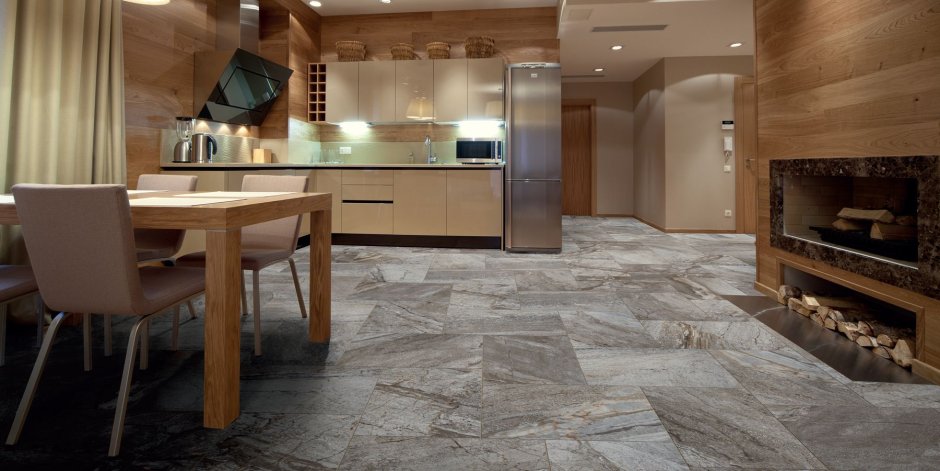
The Must-Have Guide to Porcelain Tile Flooring
Share
Porcelain tile flooring stands as a testament to enduring sophistication, making it a sought-after choice for homeowners aiming to marry style with durability. In this exploration of porcelain floor tiles, we will delve into the aesthetic versatility of white porcelain floor tiles and address common questions regarding their cleaning, installation, and suitability for different spaces, including kitchens and bathrooms.
Porcelain Floor Tiles: A Canvas of Versatility
Porcelain floor tiles are celebrated for their versatility, available in an array of colors, patterns, and finishes. Among the timeless choices, white porcelain floor tiles stand out, offering a clean, timeless, and visually expansive look that complements various design styles.
How to Clean Porcelain Floor Tiles: A Guide to Lasting Brilliance
Maintaining the pristine condition of porcelain floor tiles requires a simple yet effective cleaning routine:
Sweep or Vacuum: Begin by removing loose dirt and debris with a broom or vacuum.
Damp Mopping: Use a mild detergent or a specialized porcelain tile cleaner mixed with warm water. Damp mop the floor, ensuring even coverage.
Spot Cleaning: For stubborn stains, use a soft cloth or sponge with a bit of the cleaning solution to spot-treat specific areas.
Grout Maintenance: Keep grout lines clean by scrubbing them with a soft brush and a mixture of water and vinegar.
Regular maintenance ensures the longevity and continued brilliance of porcelain floor tiles.
How to Install Porcelain Floor Tiles: Precision for Perfection
Installing porcelain floor tiles is a meticulous process that, when done correctly, results in a stunning and durable flooring surface. Here's a general guide:
Preparation: Ensure the subfloor is clean, level, and free of any debris. Apply an appropriate underlayment if necessary.
Layout Planning: Plan the layout of the tiles, considering the focal points and the overall aesthetic you want to achieve.
Mix Mortar or Thinset: Mix mortar or thinset adhesive according to the manufacturer's instructions. Apply it to the subfloor using a notched trowel.
Tile Placement: Begin placing tiles, starting from the center and working outward. Press each tile into the adhesive, ensuring even spacing between tiles.
Cutting Tiles: Use a tile cutter or wet saw to cut tiles at the edges or around obstacles. Ensure accurate measurements for a seamless fit.
Grouting: Allow the adhesive to set before grouting. Apply grout between tiles, wipe away excess, and allow it to cure.
Professional installation is recommended for those unfamiliar with tile installation techniques to ensure a flawless and lasting result.
Are Porcelain Tiles Good for Bathroom and Kitchen Floors?
Porcelain tiles are an excellent choice for both bathroom and kitchen floors, offering several advantages:
Water Resistance: Porcelain tiles are inherently resistant to water, making them an ideal choice for bathroom floors where moisture is prevalent.
Durability: Porcelain tiles are incredibly durable and can withstand the heavy foot traffic common in kitchen spaces.
Stain Resistance: The dense composition of porcelain makes it resistant to stains, ensuring easy maintenance in both kitchens and bathrooms.
Design Versatility: The wide range of styles and colors, including the timeless white porcelain floor tiles, allows homeowners to achieve various design aesthetics in both spaces.
porcelain floor tiles epitomize a harmonious blend of timeless elegance and practical durability. Whether gracing the kitchen or enhancing the tranquility of a bathroom, these tiles stand as a testament to the enduring allure of quality flooring choices. With proper cleaning, precise installation, and versatile design options, porcelain floor tiles offer a canvas for homeowners to create spaces that exude both style and resilience.
